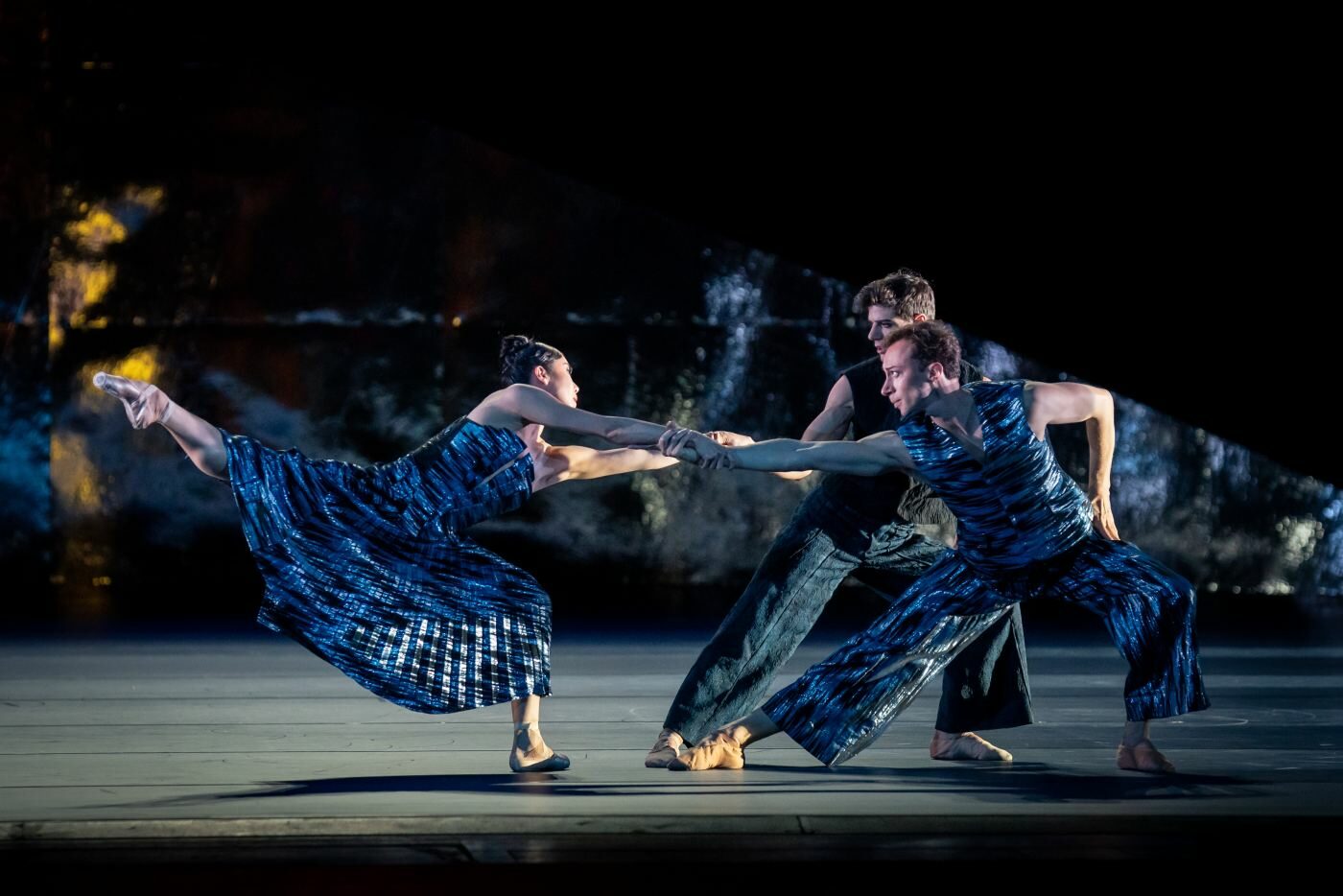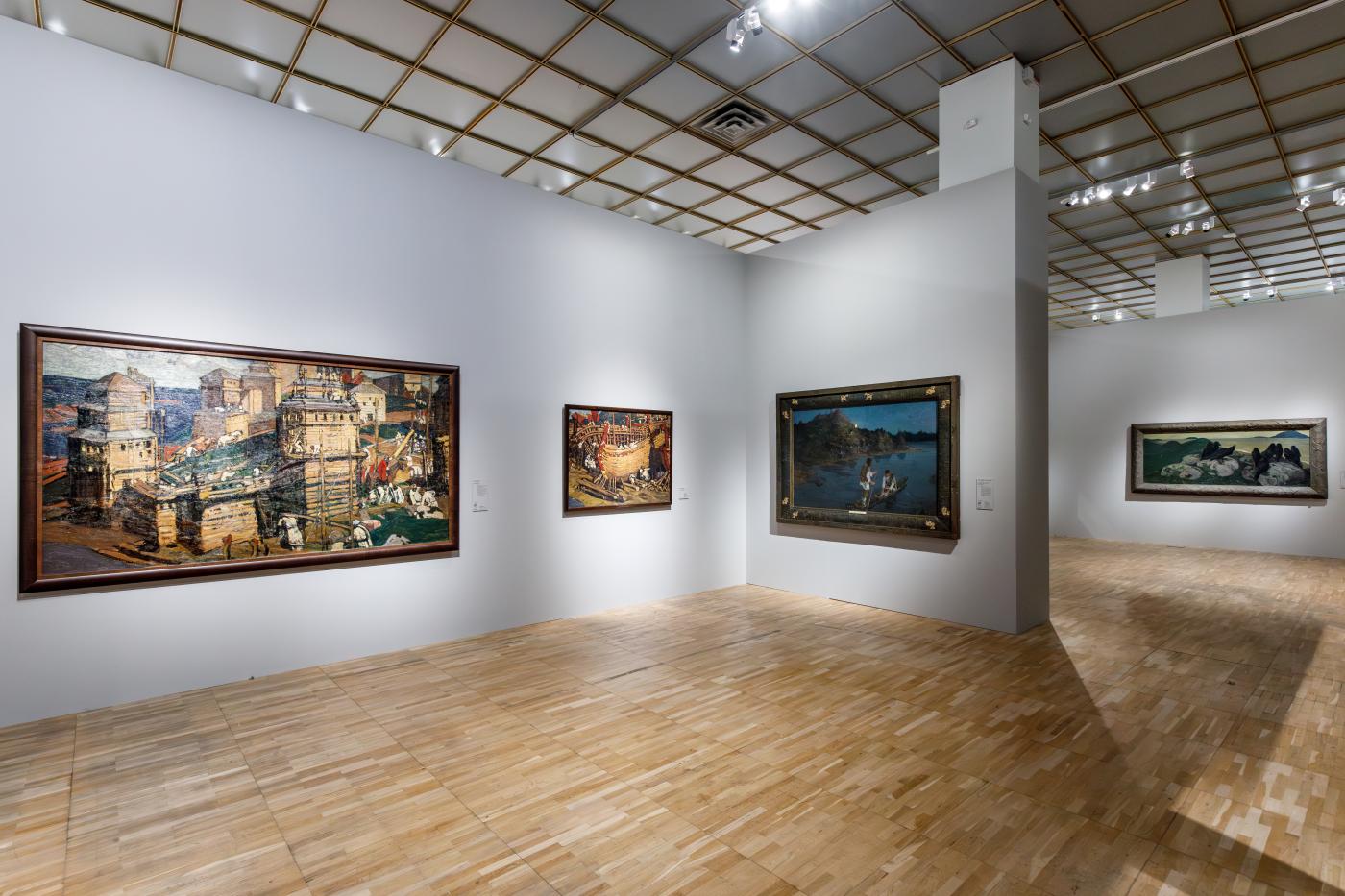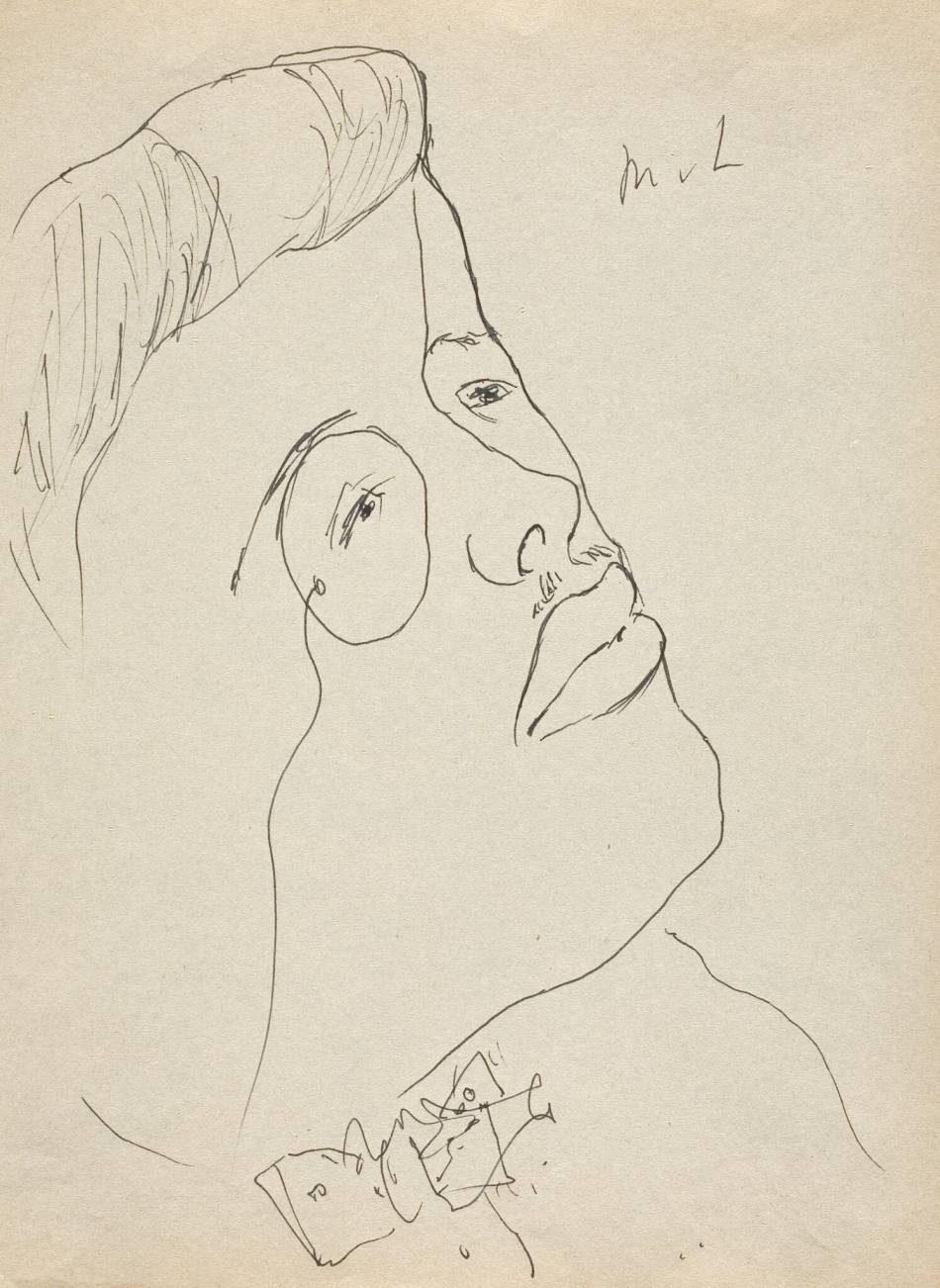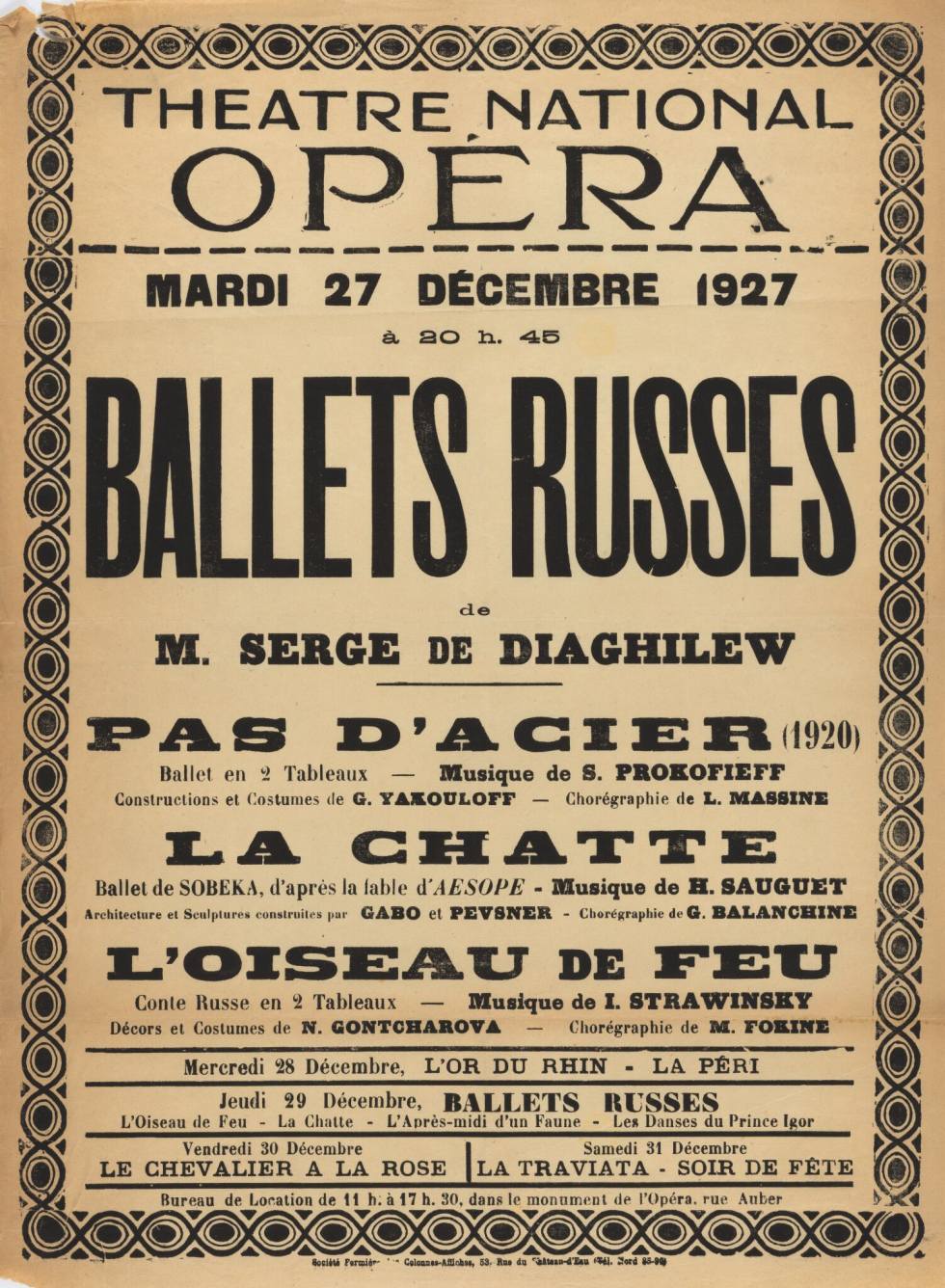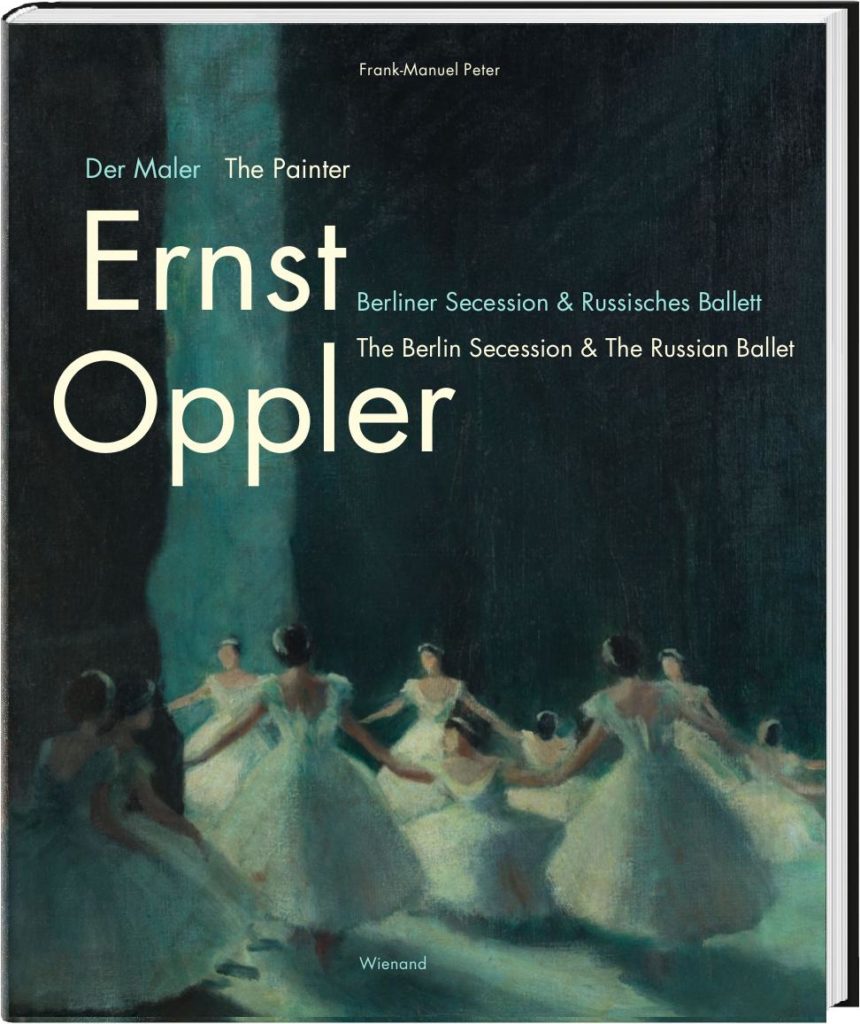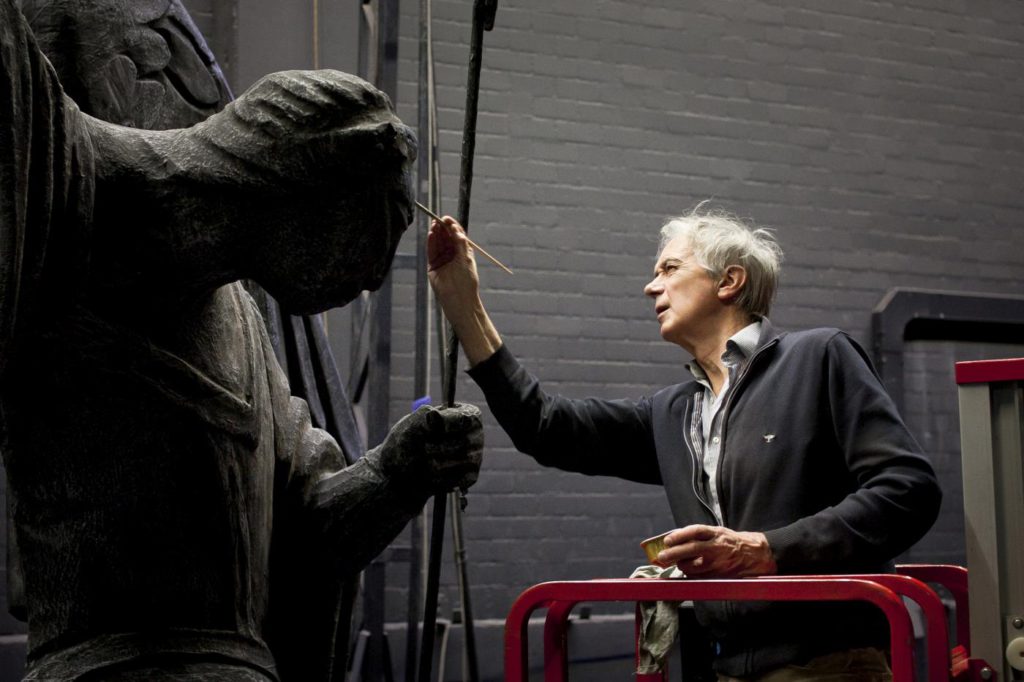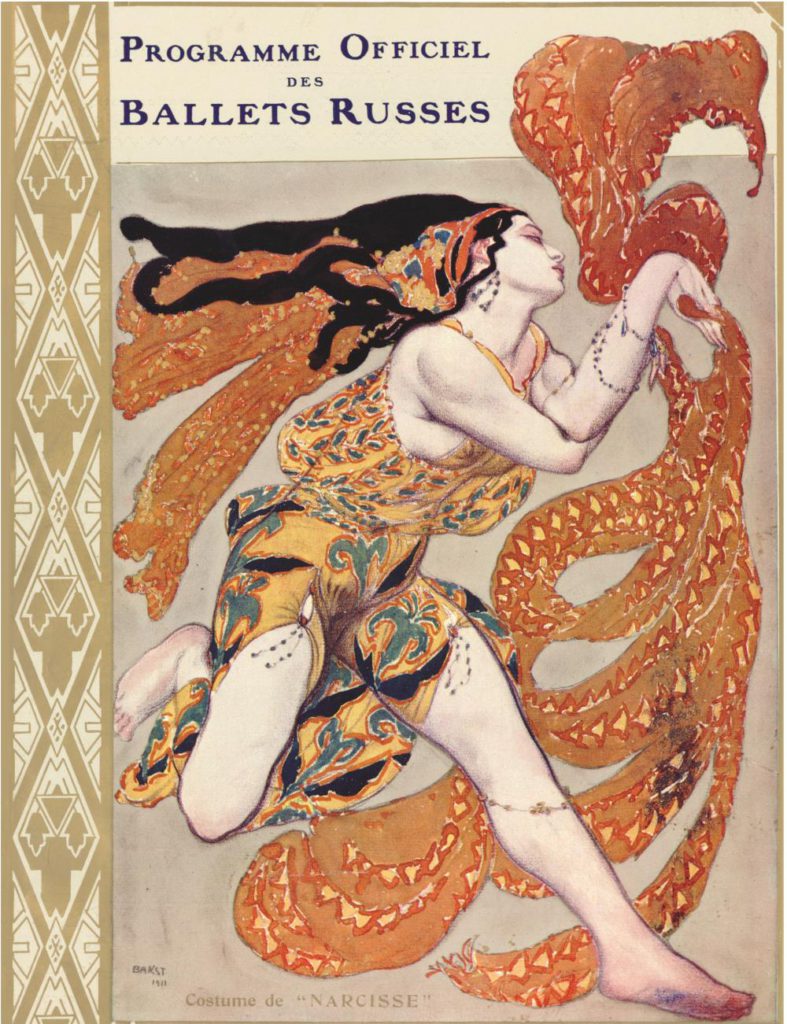Spoiled
“Timekeepers” (“For Hedy”/”Rhapsodies”/”Les Noces”)
Ballet Zurich
Opernhaus Zurich
Zurich, Switzerland
January 20, 2024
by Ilona Landgraf
Copyright © 2024 by Ilona Landgraf
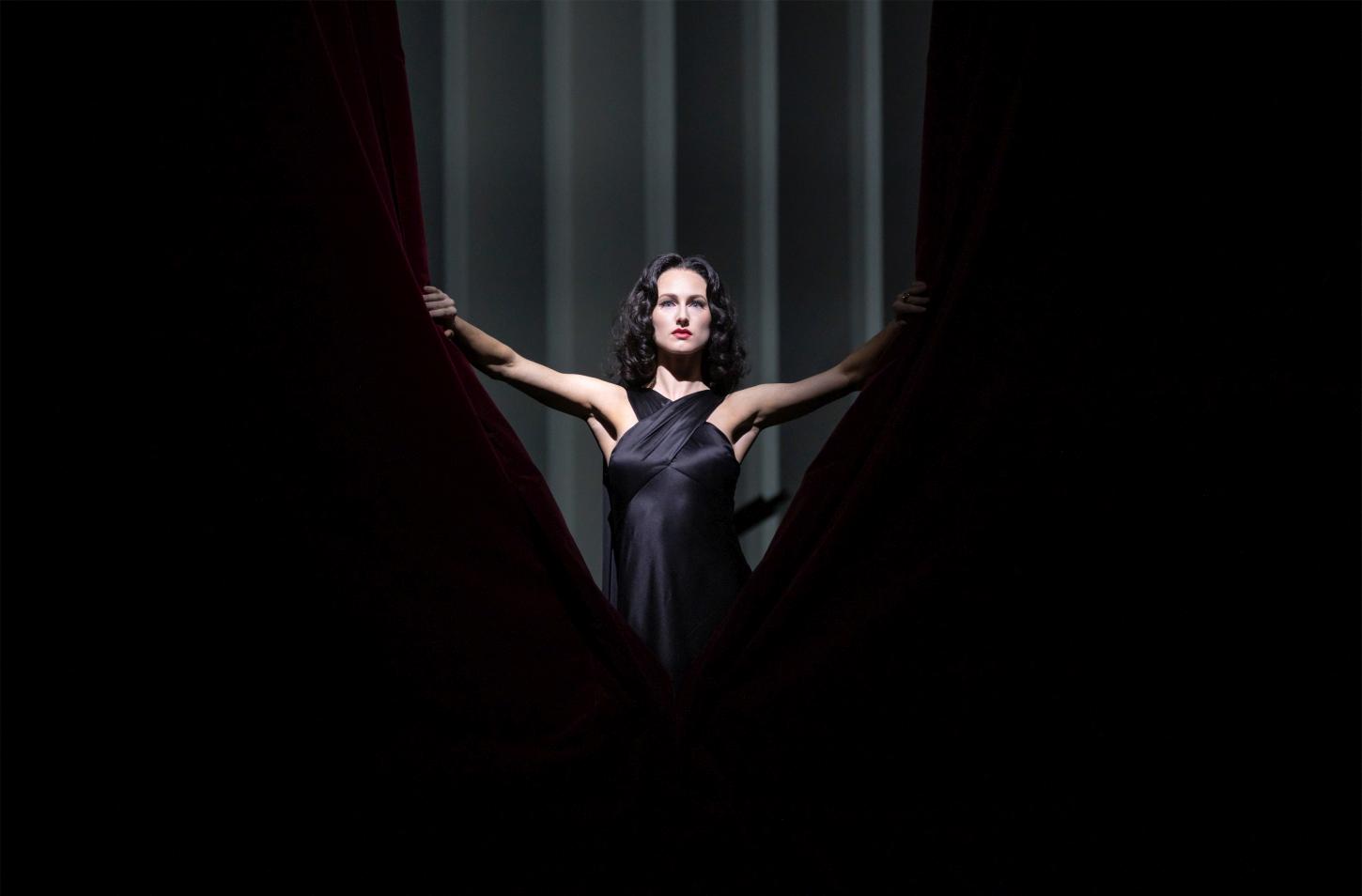 The Ballet Zurich’s new triple bill Timekeepers is a testament to a wind of change that has swept through the company since Cathy Marston took the reins as artistic director last August. Twenty new faces joined the company, and many others left to follow the previous artistic director, Christian Spuck, to the State Ballet Berlin. I was told that, despite initial hesitation, the Ballet attracts large audiences to its performances. The premiere of Timekeepers was indeed very well attended. Its program combined two world premieres – Meryl Tankard’s For Hedy and Mthuthuzeli November’s Rhapsodies – with Bronislava Nijinska’s Les Noces (1923). Each of the three pieces comprises music that premiered almost exactly one-hundred years ago.
The Ballet Zurich’s new triple bill Timekeepers is a testament to a wind of change that has swept through the company since Cathy Marston took the reins as artistic director last August. Twenty new faces joined the company, and many others left to follow the previous artistic director, Christian Spuck, to the State Ballet Berlin. I was told that, despite initial hesitation, the Ballet attracts large audiences to its performances. The premiere of Timekeepers was indeed very well attended. Its program combined two world premieres – Meryl Tankard’s For Hedy and Mthuthuzeli November’s Rhapsodies – with Bronislava Nijinska’s Les Noces (1923). Each of the three pieces comprises music that premiered almost exactly one-hundred years ago.
The Australian Tankard took on the challenge to choreograph George Antheil’s composition Ballet Mécanique, a medley of noises made by mechanical instruments, such as electric bells, propellers, a siren, and sixteen self-playing pianos (or pianolas). It couldn’t be realized in 1926, as synchronizing so many pianolas turned out to be impossible back then. (more…)
